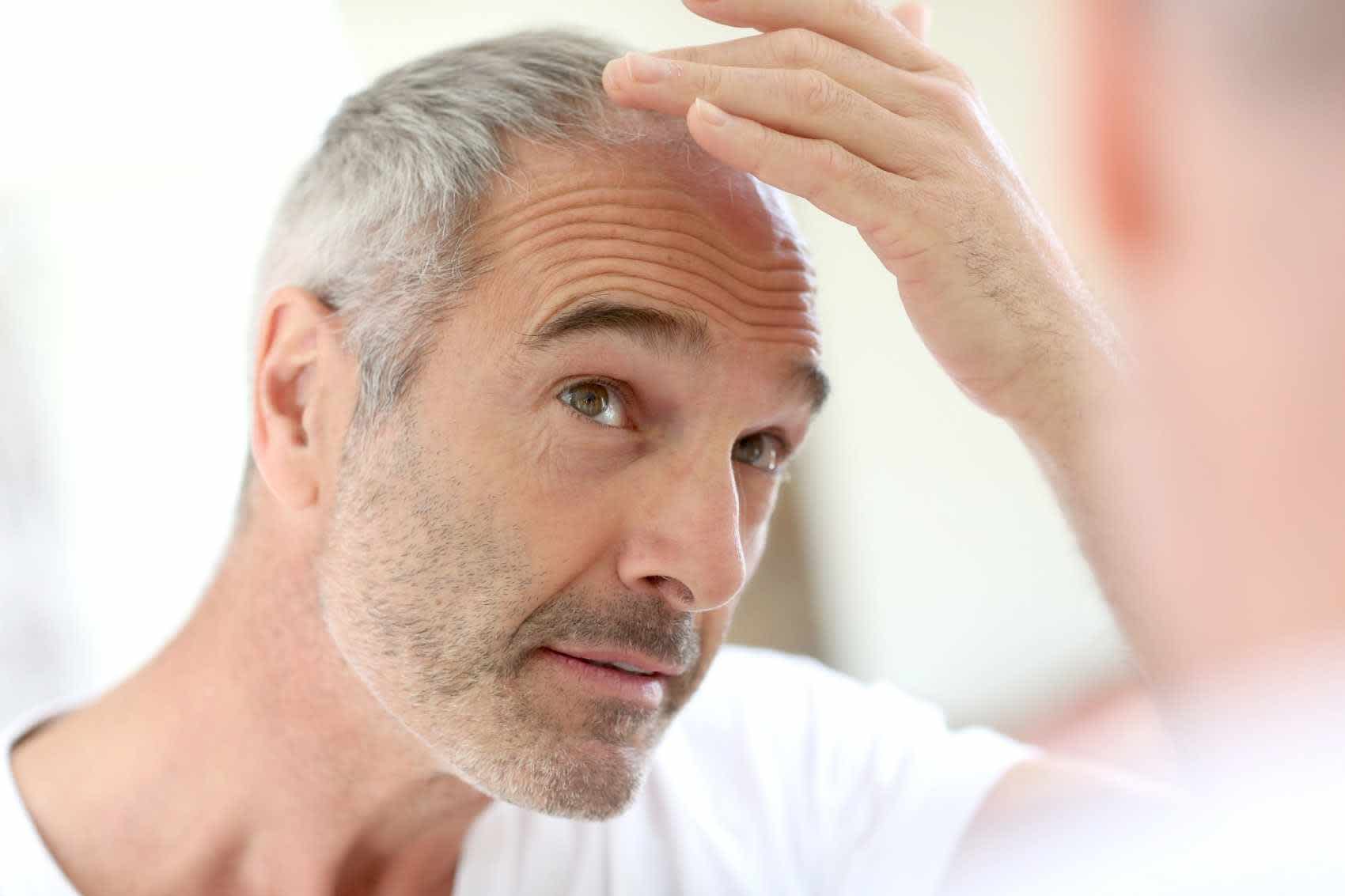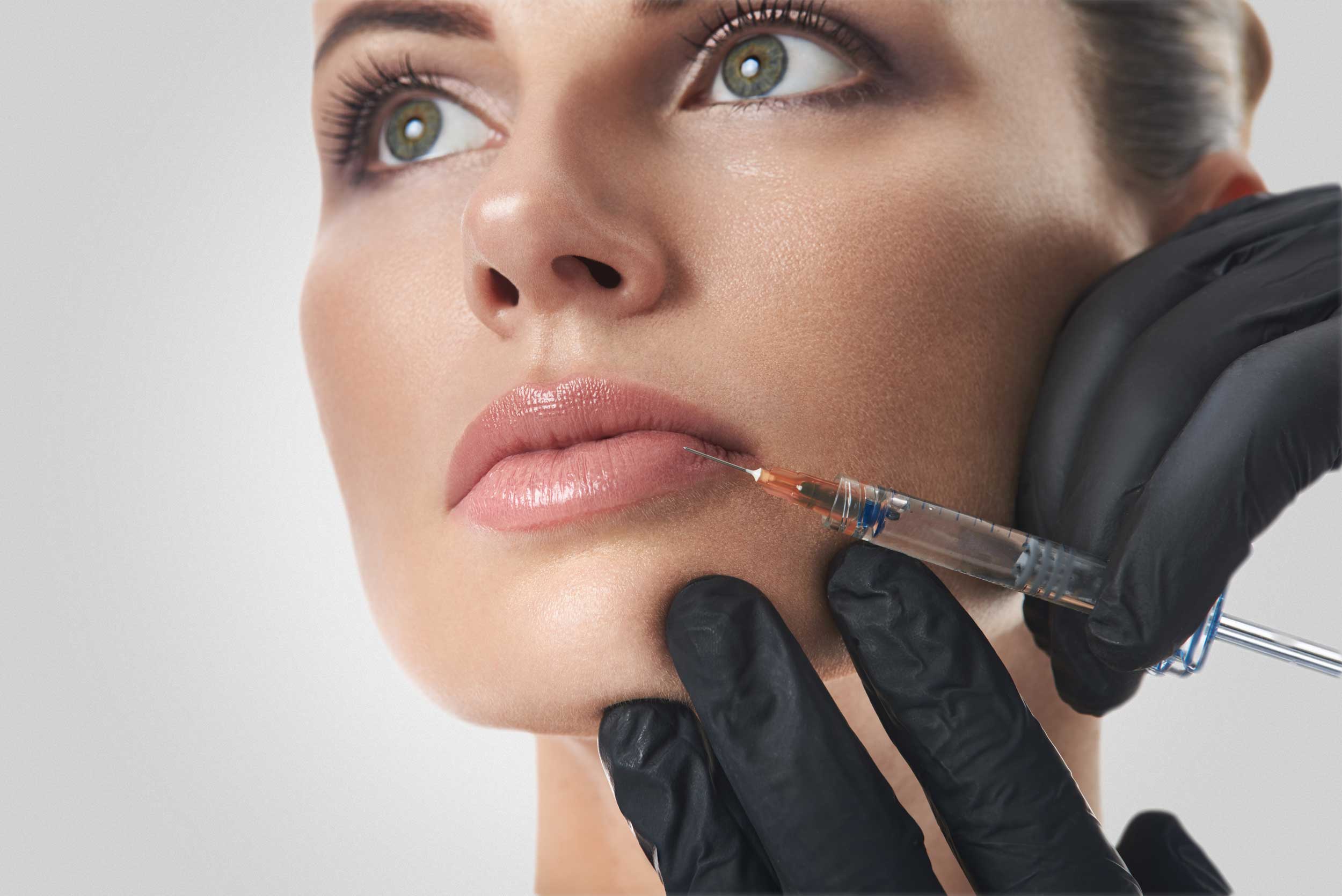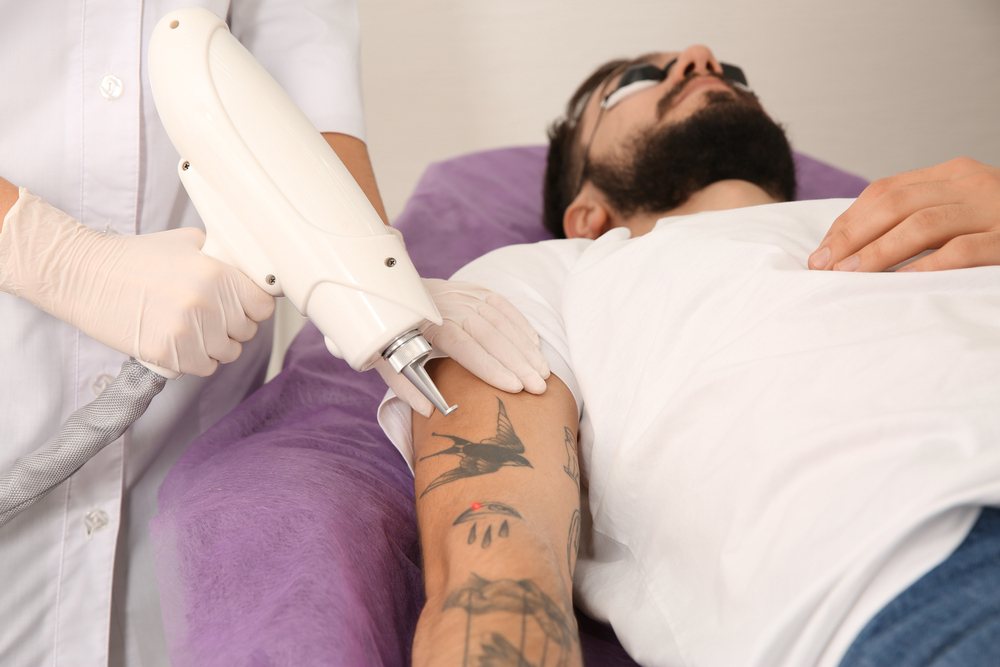
Hair loss is a common concern for both men and women, but misinformation around hair loss treatment often leads people to waste time and money. From miracle shampoos to outdated home remedies, the market is flooded with options that promise results but lack evidence. Understanding what actually works starts with separating marketing claims from clinical data. That means focusing on what the science supports—not what influencers or product packaging suggest.
Hair loss can result from genetics, hormonal changes, autoimmune conditions, stress, or even nutritional deficiencies. Treatment success depends on identifying the specific cause and selecting appropriate solutions. Consulting a licensed provider early in the process often prevents progression and opens the door to more effective results. People who rely only on over-the-counter products may miss opportunities for targeted care. Better outcomes usually follow a personalized, medically informed plan.
Do Natural Oils Regrow Hair?
A common belief is that applying natural oils like castor or coconut oil can reverse hair loss. While these oils may help with moisture retention and scalp condition, no large-scale clinical studies show that they promote significant hair regrowth. They can support scalp health as part of a broader routine, but they’re not standalone solutions for thinning or balding.
Many people mistake healthier-looking hair for new hair growth when in fact the follicles remain inactive. That doesn’t mean natural products have no place in a regimen—just that they can’t replace evidence-based therapies. Oils might reduce breakage and improve shine, which gives the illusion of volume. But regrowing hair, especially when the loss is driven by genetics or hormonal changes, requires more than surface-level solutions. Treatment needs to reach the follicle and address the root cause.
Do Only Men Need Treatment?
Another common misconception is that hair loss is a male-only issue. In reality, women experience thinning and pattern loss too, often triggered by hormonal shifts during pregnancy, menopause, or thyroid disorders. Yet women are less likely to seek help early, often dismissing hair changes as stress-related or cosmetic. The longer someone waits, the harder it becomes to restore density or slow further shedding.
Hair loss in women often presents differently—more as diffuse thinning rather than clear bald spots. This can delay recognition and treatment. But options exist, including medications, low-level laser therapy, and even platelet-rich plasma injections, depending on the cause. Early evaluation by a professional can point women toward targeted hair loss treatment that matches their biology and symptoms.
What Actually Works?
Effective hair loss treatment varies by cause but often includes topical minoxidil, oral finasteride (for men), lifestyle changes, and in some cases, procedural options like microneedling or transplants. These options have gone through clinical trials and are commonly recommended by dermatologists. When started early, they can slow or reverse some forms of hair loss with consistent use. But results take time—often several months before changes are visible.
Find a Hair Loss Treatment
Consumers often turn to trending products or social media advice before seeking a medical opinion. But dermatologists or hair restoration specialists offer tools that go far beyond surface-level fixes. Identifying the cause of hair loss matters more than any single product claim. Once the source is clear, the treatment options become far more targeted and effective.
Hair loss affects self-perception, but panic rarely leads to the right solutions. The most successful outcomes begin with accurate diagnosis, evidence-based treatment, and patience. Separating fact from myth helps individuals stop wasting time and start seeing progress.





